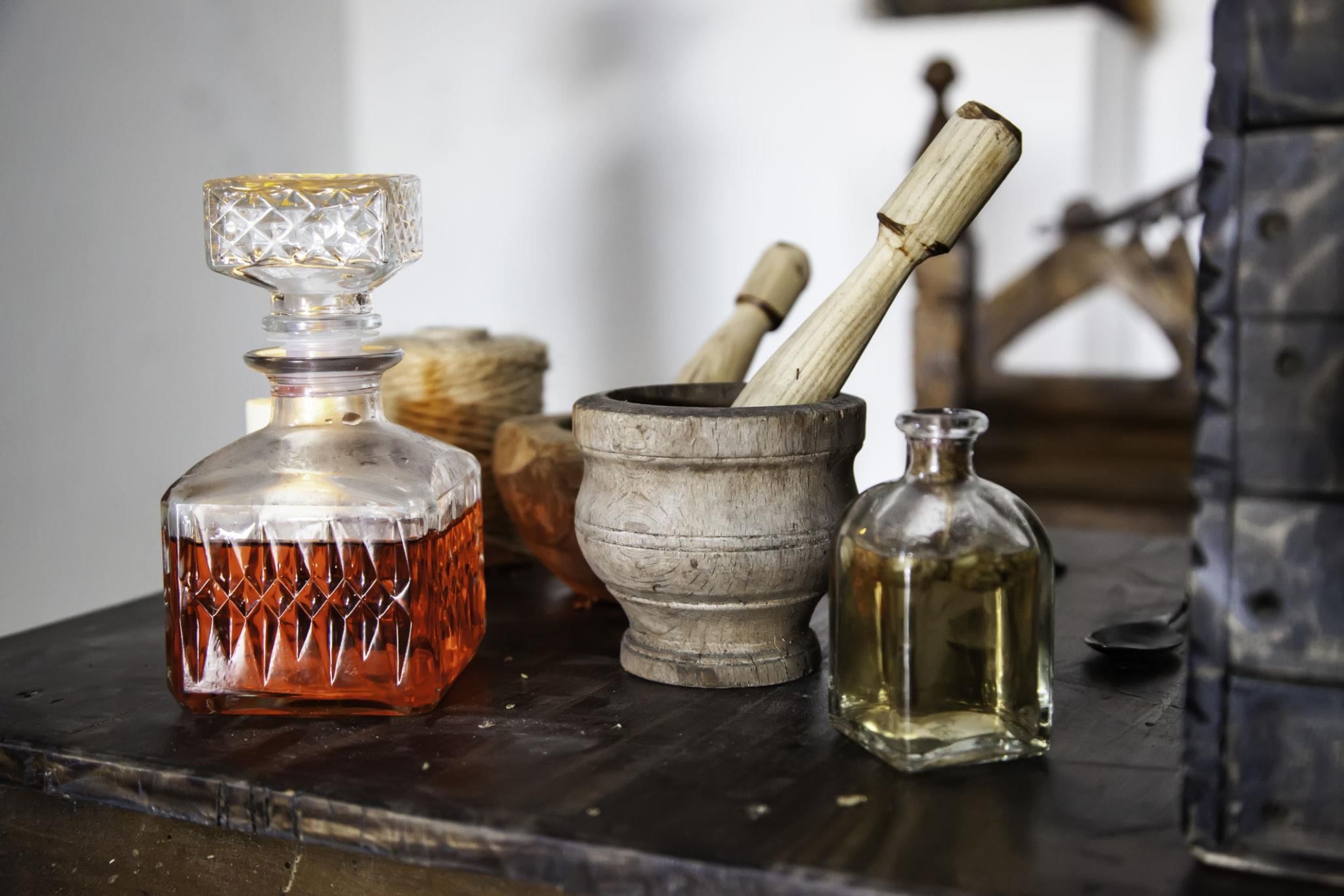Reading Practice Test - 5 | Reading for TOEFL PDF Download
The Evolution of Weaving and the Textile Industry

Passage 1:
The art of weaving textiles has a long and varied history, with evidence of early fabric production dating back to ancient civilizations. In Mesopotamia, the Sumerians were among the first to create cloth from wool and flax, with intricate designs woven into their fabrics. These textiles were used for both practical purposes, such as clothing and shelter, as well as for ceremonial and ritualistic functions. The skill of weaving was passed down through generations and became highly refined in Egypt, where linen, a textile made from the flax plant, was considered one of the most prized fabrics. In ancient times, the production of cloth was a labor-intensive process that required a high level of craftsmanship.
Passage 2:
By the Middle Ages, weaving had become an important industry throughout Europe. In towns and villages, local weavers produced textiles for local consumption, often using wool from sheep that were raised in the surrounding countryside. The weaving process was still carried out by hand, and many weavers worked from home, using simple tools such as looms. The cloth they produced was used for everyday garments, as well as for tapestries and decorative items. It was during this period that the concept of guilds emerged, with master weavers training apprentices to continue the craft and maintain high standards of quality. As trade routes expanded, the demand for high-quality textiles increased, and wealthy merchants and nobles sought out the finest fabrics for their clothing.
Passage 3:
The Industrial Revolution in the 18th century brought about significant changes to the textile industry. The invention of mechanical looms and the rise of factory-based production allowed for the mass production of textiles, reducing the reliance on hand weaving. This led to an increase in the availability of fabrics, which, in turn, lowered the cost of textiles and made them more accessible to the general public. While mechanization revolutionized the industry, it also had negative effects on traditional weavers who could not compete with the large factories. Many lost their jobs, and the craft of hand weaving began to fade as mass production took over.
Passage 4:
By the late 19th century, the global textile industry had expanded significantly, with countries like Britain, France, and the United States becoming major centers of production. Advances in technology, such as the invention of synthetic dyes, further transformed the industry, allowing for a wider range of colors and patterns to be used in fabrics. The textile trade became increasingly international, with fabrics being imported and exported across continents. This globalization of the textile industry helped to establish a worldwide market for fabrics, with consumers from all over the world seeking out fashionable and innovative designs.
Passage 5:
In the 20th century, the textile industry continued to evolve, with the development of new synthetic fibers such as nylon and polyester. These man-made materials revolutionized the production of clothing, making it cheaper and faster to produce garments. The rise of fast fashion, in which clothing is produced quickly and cheaply to meet the latest trends, led to an increase in the volume of textiles being produced. However, this mass production also raised concerns about sustainability and the environmental impact of textile waste. In recent years, there has been a growing movement toward sustainable fashion, with many companies and designers focusing on the use of eco-friendly materials and ethical production practices.
Q1. What is the main purpose of the text?
(a) To describe the development of textile technology
(b) To discuss the history and changes in textile production
(c) To explain how textiles are made
(d) To compare different types of fabrics
 View Answer
View Answer 
Ans: (b)
Explanation: The passage outlines the evolution of textile production, beginning with ancient practices and moving through various periods such as the Middle Ages, the Industrial Revolution, and into the 20th century.
Q2: Which of the following is NOT mentioned as an early source of fabric production?
(a) Wool
(b) Flax
(c) Cotton
(d) Linen
 View Answer
View Answer 
Ans: (c)
Explanation: The passage mentions wool, flax, and linen as early sources of fabric but does not mention cotton in the early stages of textile production.
Q3: Why was linen considered a prized fabric in ancient Egypt?
(a) It was the only fabric available
(b) It was made from the flax plant, which was scarce
(c) It was associated with luxury and status
(d) It was the cheapest fabric to produce
 View Answer
View Answer 
Ans: (c)
Explanation: The passage states that linen was considered one of the most prized fabrics in ancient Egypt, which suggests it was associated with luxury and status.
Q4: According to Passage 2, what role did guilds play in the textile industry?
(a) Guilds promoted mass production of textiles
(b) Guilds trained apprentices and maintained quality standards
(c) Guilds were responsible for importing textiles
(d) Guilds specialized in dyeing fabrics
 View Answer
View Answer 
Ans: (b)
Explanation: Passage 2 discusses how guilds were formed to train apprentices and ensure high standards of quality in the textile industry.
Q5: What major change occurred in the textile industry during the Industrial Revolution?
(a) Hand weaving became more popular
(b) The introduction of synthetic fibers
(c) Mechanized looms allowed for mass production
(d) Weaving was replaced by sewing
 View Answer
View Answer 
Ans: (c)
Explanation: The passage states that the invention of mechanical looms and factory-based production allowed for the mass production of textiles, which revolutionized the industry.
Q6: How did the Industrial Revolution affect traditional weavers?
(a) It provided new opportunities for hand weaving
(b) It led to the loss of jobs for many traditional weavers
(c) It improved the quality of hand-woven fabrics
(d) It increased the demand for hand-made textiles
 View Answer
View Answer 
Ans: (b)
Explanation: The passage explains that traditional weavers struggled to compete with large factories, leading to job losses and a decline in hand weaving.
Q7: What role did synthetic dyes play in the development of the textile industry?
(a) They led to a decrease in textile production
(b) They reduced the costs of manufacturing fabrics
(c) They allowed for a wider range of colors and patterns
(d) They were used to replace natural fibers
 View Answer
View Answer 
Ans: (c)
Explanation: The passage mentions that the invention of synthetic dyes allowed for a wider range of colors and patterns to be used in fabrics.
Q8: How did the textile industry change in the 20th century?
(a) It focused more on traditional hand-weaving techniques
(b) It shifted towards using natural fibers exclusively
(c) It saw the development of synthetic fibers and fast fashion
(d) It declined due to environmental concerns
 View Answer
View Answer 
Ans: (c)
Explanation: The passage notes that synthetic fibers like nylon and polyester revolutionized the industry, leading to the rise of fast fashion.
Q9: What concern has arisen with the rise of fast fashion?
(a) The environmental impact of textile waste
(b) The increased cost of manufacturing
(c) The overproduction of cotton
(d) The depletion of natural fibers
 View Answer
View Answer 
Ans: (a)
Explanation: The passage mentions concerns about sustainability and the environmental impact of textile waste in relation to fast fashion.
Q10: Which of the following is NOT true about the modern textile industry?
(a) It focuses on sustainable and eco-friendly materials
(b) It has embraced ethical production practices
(c) It is primarily concerned with producing low-cost fabrics
(d) It is increasingly concerned with environmental sustainability
 View Answer
View Answer 
Ans: (c)
Explanation: While low-cost production is a characteristic of fast fashion, the modern textile industry is also increasingly focused on sustainability, eco-friendly materials, and ethical production practices.
|
14 videos|23 docs|1 tests
|
FAQs on Reading Practice Test - 5 - Reading for TOEFL
| 1. What are the origins of weaving and how did it evolve over time? |  |
| 2. How did the Industrial Revolution influence the textile industry? |  |
| 3. What are some key materials used in the textile industry throughout history? |  |
| 4. How has the textile industry addressed environmental concerns? |  |
| 5. What role does technology play in modern weaving techniques? |  |
















